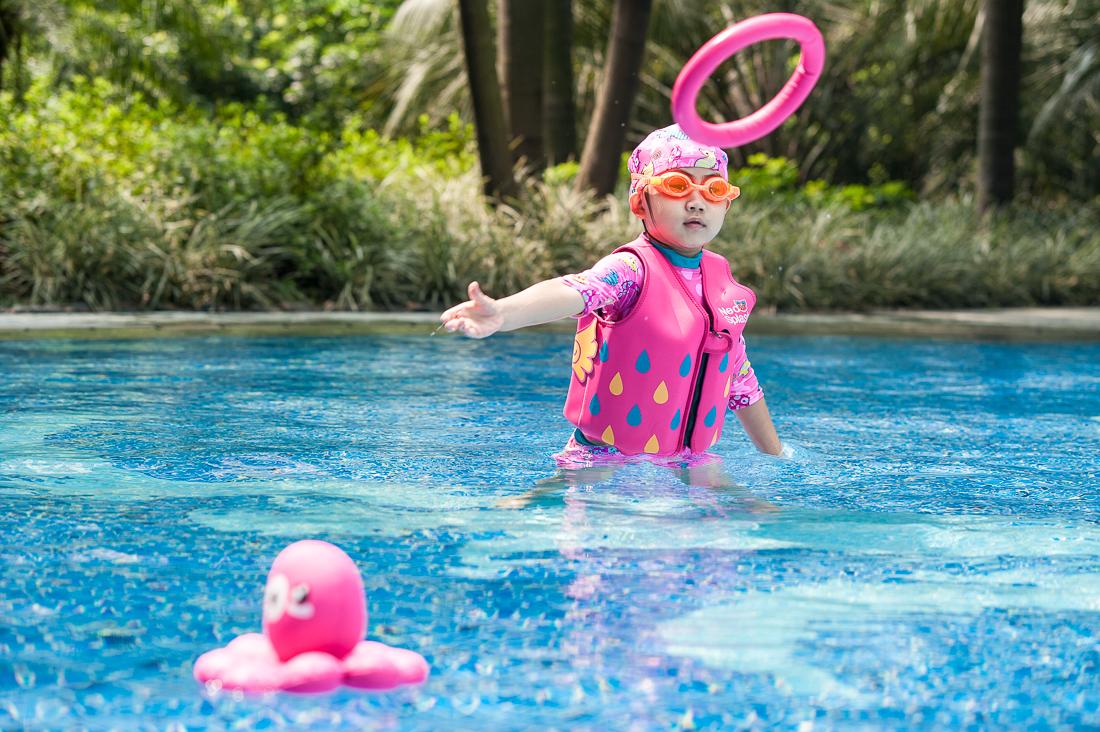Swim vest is important because it would provide buoyancy and help keep your child float in the water. Here we will give some safety tips to ensure kids can have fun in the water.
1.Checking if the swim vest passed the test
The swim vest has the safety requirements. It would be better that the swim vest has got the certificate.
The test standard of the swim vest for Europe is EN13138-1:2008 (This is the oldest test standard, it is rarely used now), EN13138-1: 2014 (This is still use in the market), EN13138-1:2021 (Newest one, Test begin in 2022).
The test requirement of Australia is AS/NZS1900:2014+ A1:2015.
All the test standard has the size range of it. Choose the appropriate swim vest size for kids.
2.Hold kids upright in a vertical position
Swim vests hold children in an upright position in the water. But what many parents don’t realize is that the vertical position is a drowning position.By wearing a swim vest, children are taught that to swim you must remain vertical, which is both incorrect and dangerous.
When a child tries to swim without the flotation device, muscle memory will force them into an upright position in the water, at a higher risk of drowning.
That’s why it’s so important that children learn the proper position to swim and float from an experienced professional rather than from a “swim aid device” to prevent the risk of drowning.
3.Toddler swim vests can create a false sense of security
Puddle jumpers, toddler learn-to-swim vests, and even arm floaties create a false narrative for both children and adults.
For children, flotation devices create a false sense of confidence that they can swim when in actuality, they can’t. If they’ve only been in the water with flotation devices on and they’ve never been taught correct swimming postures, they do not know how to swim, but they don’t know it. So when the opportunity presents itself, children are more likely to go into the water without their flotation devices, thinking they can swim on their own.
For parents, flotation devices create a false sense of safety. They think their child is safe because of the device and may let their guard down and be less vigilant when it comes to watching their child. After all, they’re just having fun, right? But children who rely on flotation devices don’t know how to swim properly—and if the floaties are taken off, drowning can occur in as little as 20 seconds.
Parents shouldn’t rely solely on arm floaties, puddle jumpers or even a swim vest to help children swim. Instead, children should learn how tohold their breath underwater, flutter kick, back float, and even tread water. That way, they can swim safely and properly.
4.Toddler swim devices are not durable
Another reason why flotation devices shouldn’t be trusted is because they’re not durable. They can easily fail without warning. For example, toddler floaties could be snagged on the edge of the pool or be punctured by a sharp rock, causing them to deflate.
Water wings can slide off of a child’s arms, and belts on a puddle jumper can come released if not fastened tightly. Flotation devices are not 100% reliable. Most packages of floaties for kids even come with standard warnings like: “While in use never leave your child unattended.”
While flotation devices are marketed as a must-have for children, they’re not completely sturdy or safe. In fact, some are even made with cheap materials.


